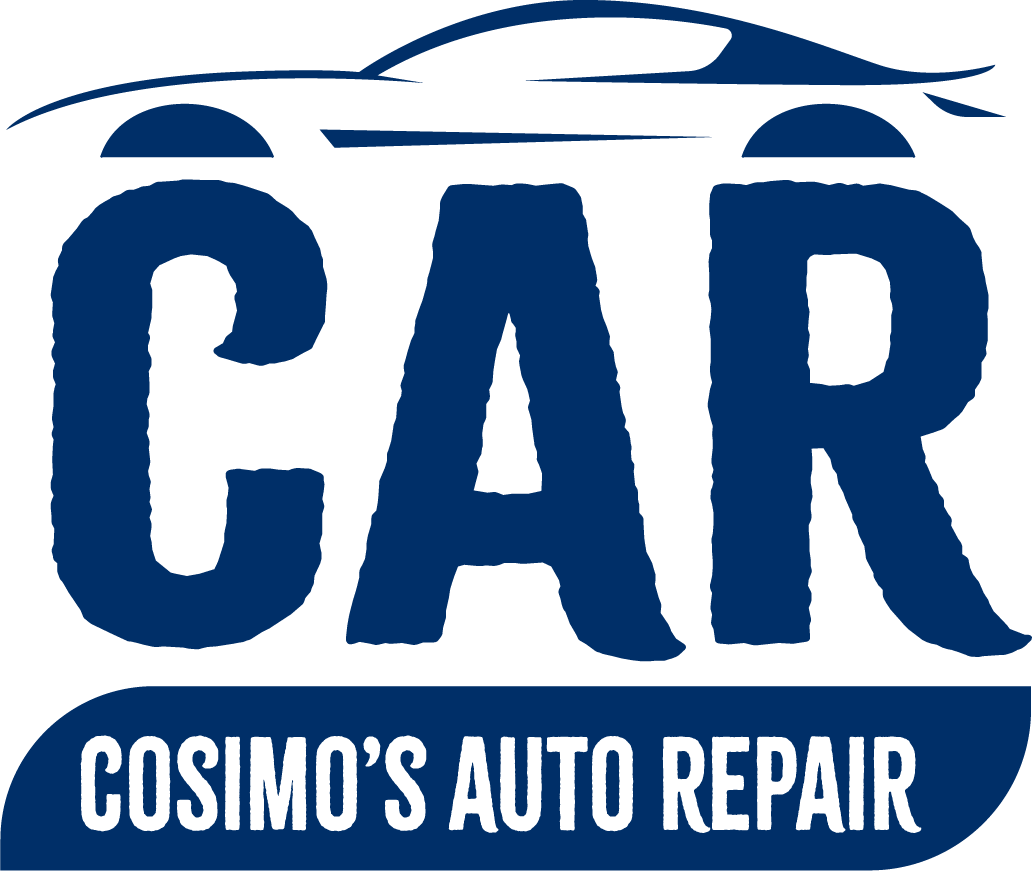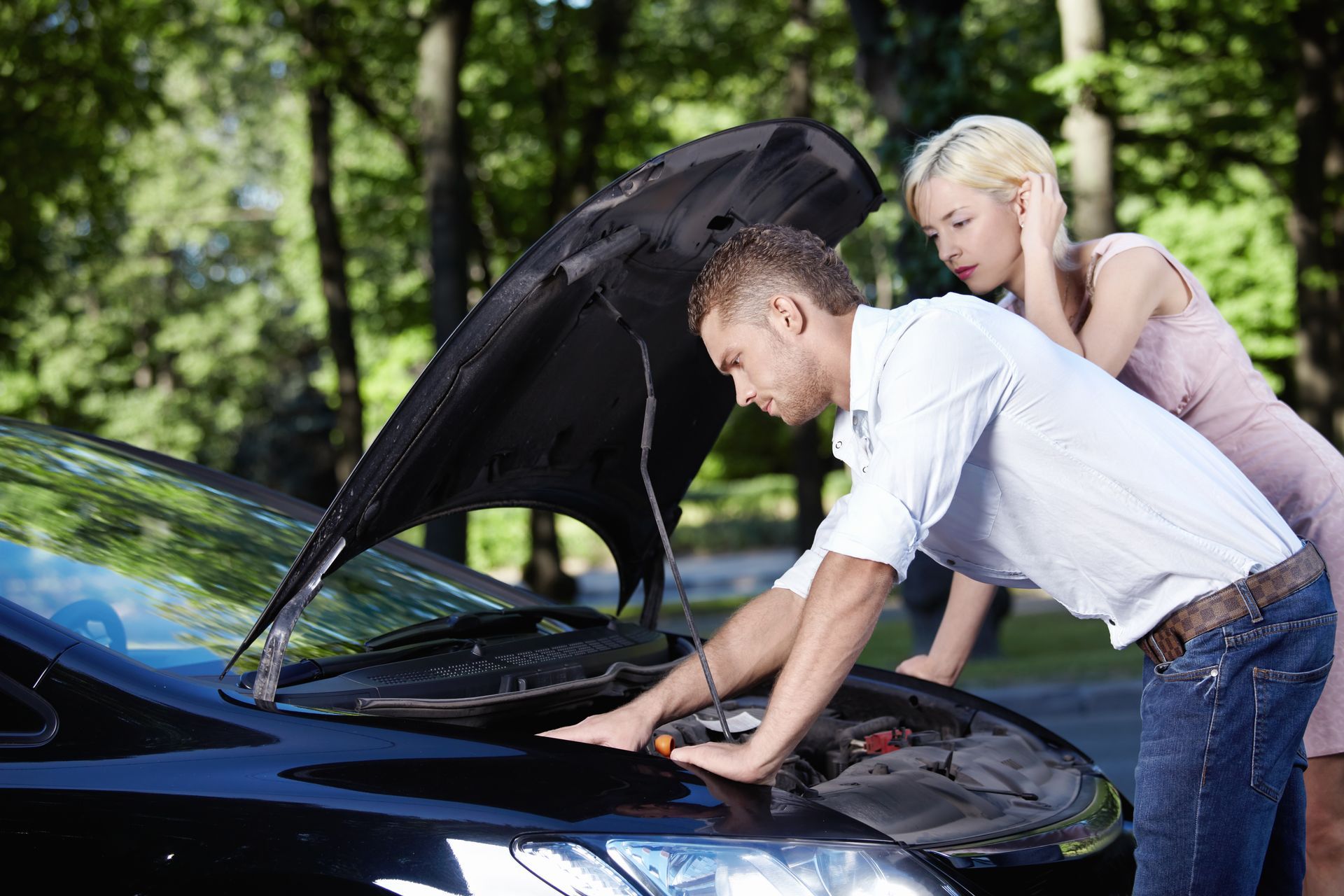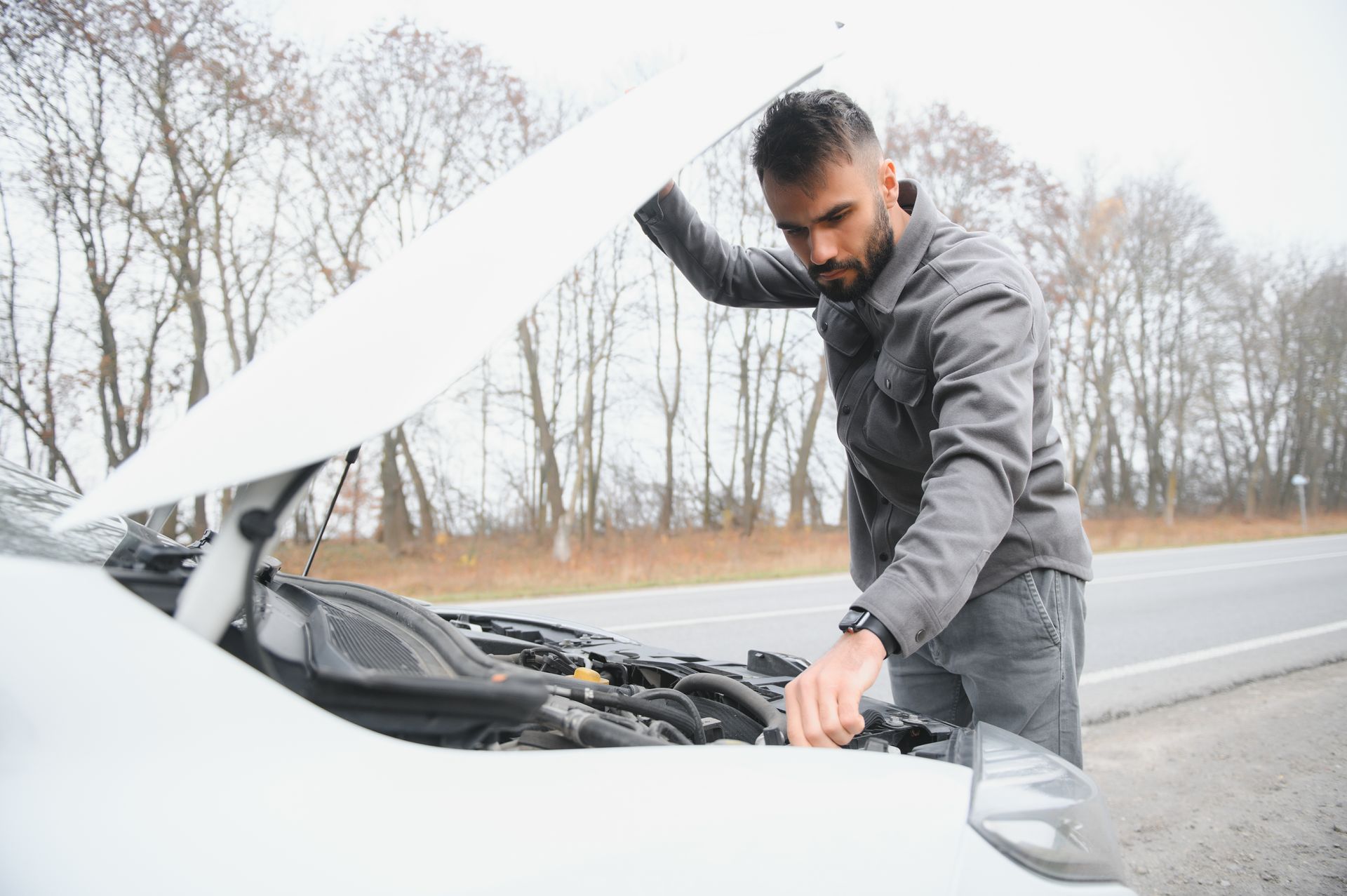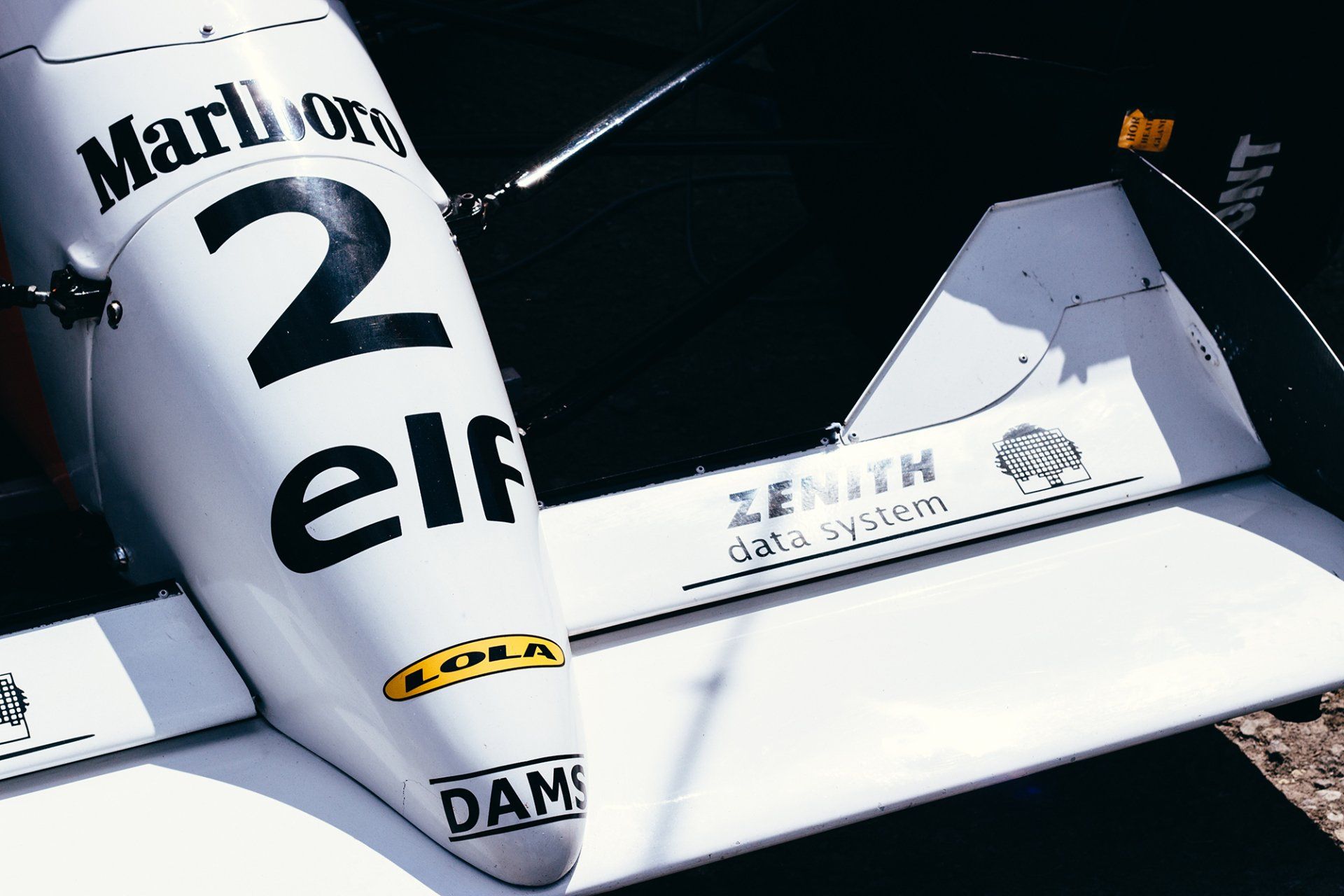Your Guide to an Auto Safety Inspection
Your Guide to an Auto Safety Inspection
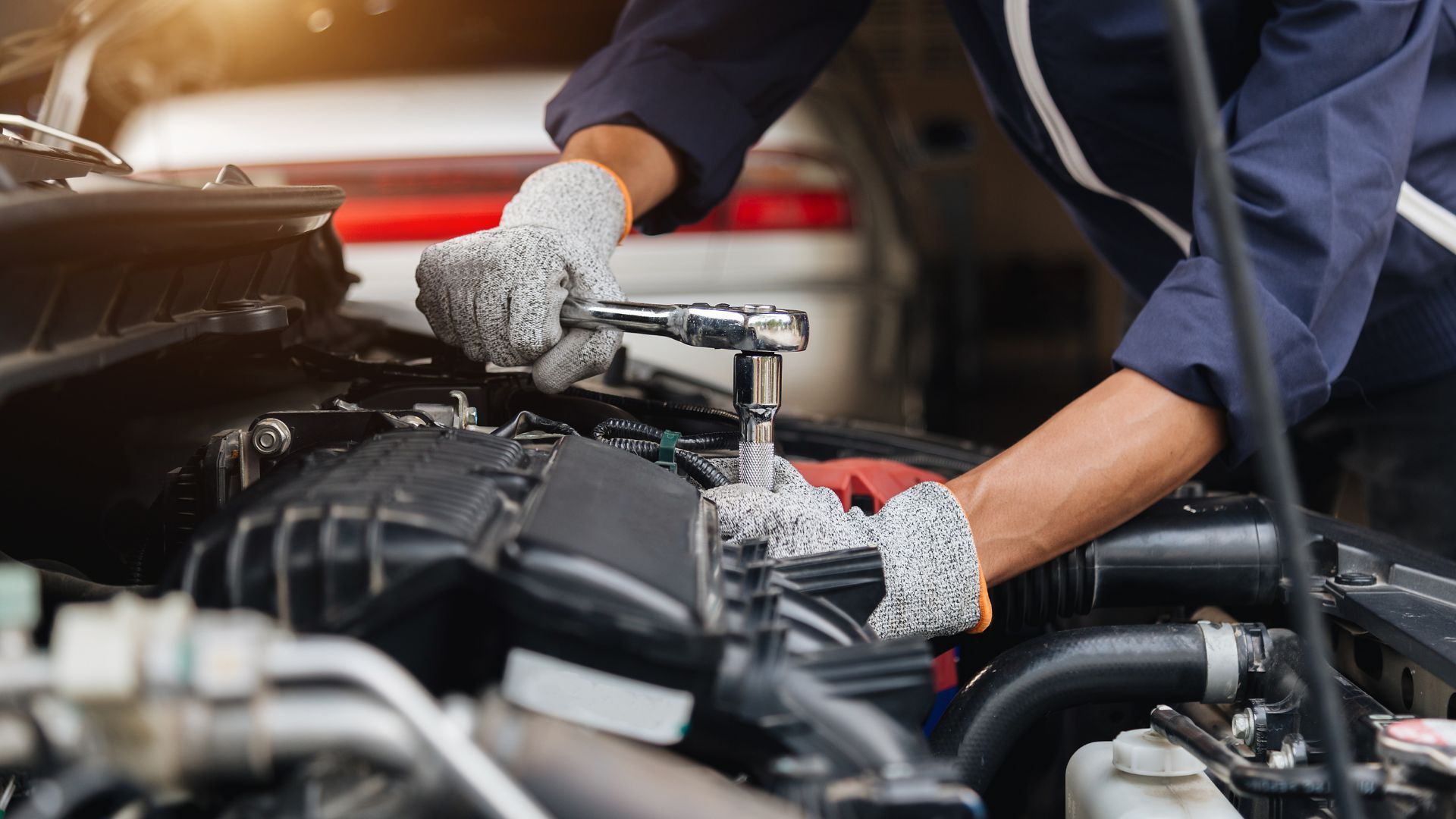
An auto safety inspection can feel like a pop quiz for your car. You know it's important, but the details of
what's being checked can seem mysterious. Understanding this process is key, not just for passing the
test, but for ensuring your vehicle is safe for you, your passengers, and everyone else on the road. This
guide breaks down what a certified technician looks for during a standard safety inspection.
The main goal of a safety inspection is to confirm that your vehicle meets the minimum standards
required for safe operation. It's a comprehensive check-up of your car's most critical systems. Let’s dive
into the key components that get a close look.
The Braking System: Your First Line of Defense
Your brakes are arguably the most important safety feature on your vehicle. A technician will conduct a
thorough examination to ensure they can stop your car effectively when you need them to.
What's Inspected?
● Brake Pads and Rotors: The thickness of your brake pads and the condition of the rotors (or
discs) are measured. If they are too thin or show signs of excessive wear, warping, or damage,
they will fail the inspection.
● Brake Lines and Hoses: These are checked for leaks, cracks, or corrosion. A leak in the brake
line means a loss of hydraulic pressure, which can lead to brake failure.
● Calipers and Wheel Cylinders: These components apply pressure to the brake pads. They are
inspected for proper function and any signs of leaks.
● Parking Brake: The technician will test the parking brake (also known as the emergency brake)
to ensure it can hold the vehicle stationary.
● Brake Fluid: The level and condition of the brake fluid are checked. Contaminated or low fluid
can compromise braking performance.
A pass in this category means your car can stop reliably and safely in various driving conditions.
Tires and Wheels: The Foundation of Your Ride
Your tires are the only part of your car that touches the road. Their condition is critical for grip, handling,
and stability. An inspection ensures your tires and wheels are up to the task.
What's Inspected?
● Tread Depth: A minimum tread depth is required to ensure your tires can properly channel water
and maintain traction. Bald or balding tires are a major safety hazard, especially on wet roads.
● Tire Condition: The technician looks for any cuts, bulges, cracks, or embedded objects in the
sidewalls and tread. These issues can lead to a sudden blowout.
● Air Pressure: While this is something you should check regularly, the inspector will confirm your
tires are properly inflated.
● Wheel Integrity: The wheels themselves are checked for cracks, significant dents, or other
damage that could compromise their structure.
Properly maintained tires give you the control you need to navigate turns, stop quickly, and handle
unexpected road conditions.
Lights and Signals: See and Be Seen
Properly functioning lights are essential for visibility, both for you as the driver and for others to see you.
An inspection confirms that all your vehicle's lights are working as they should.
What's Inspected?
● Headlights: Both high and low beams are tested for operation and proper alignment. Misaligned
headlights can blind oncoming drivers.
● Taillights and Brake Lights: These must illuminate correctly to signal your presence and your
intention to slow down or stop.
● Turn Signals: Front and rear turn signals (and any on the side mirrors) must flash at the correct
speed.
● Hazard Lights: Also known as four-way flashers, these are tested to ensure they work.
● License Plate Light: This light must properly illuminate your rear license plate.
Every light has a purpose, and a failure in any one of them can create a dangerous situation on the road.
Steering and Suspension: Maintaining Control
Your steering and suspension systems work together to provide a smooth, controlled ride. They absorb
bumps in the road and allow you to steer your vehicle precisely. An inspection checks for wear and tear
that could affect your ability to control the car.
What's Inspected?
● Steering Components: The steering wheel, steering column, and related parts like tie rods and
ball joints are checked for excessive play or looseness. Loose steering can make the vehicle
difficult to control.
● Suspension System: Shock absorbers, struts, and springs are examined for leaks, damage, or
wear. A worn suspension can lead to a bouncy ride, poor handling, and increased stopping
distances.
● Wheel Alignment: While a full alignment isn't always part of a basic safety check, the technician
will look for signs of severe misalignment that could impact steering and tire wear.
A healthy steering and suspension system ensures your car responds predictably to your inputs and
remains stable, even on rough surfaces.
The Body and Frame: Structural Integrity
The body of your car does more than just look good; it provides structural integrity. The inspector will
check for issues that could compromise the vehicle's safety in a collision.
What's Inspected?
● Frame and Unibody: The inspector looks for significant rust, cracks, or damage that could
weaken the vehicle's structure.
● Doors and Latches: All doors must open and close properly and latch securely.
● Windshield and Windows: The windshield is checked for large cracks or chips that obstruct the
driver's view. Windows must also be in good condition and operate correctly.
● Windshield Wipers: Wipers must be able to clear the windshield effectively. The washer fluid
system is also tested.
● Mirrors: Side and rearview mirrors must be present and provide a clear view.
Exhaust and Emissions System: Health and Environment
The exhaust system routes dangerous gases away from the cabin, while the emissions system helps
reduce the environmental impact of your car.
What's Inspected?
● Exhaust System: The muffler, pipes, and catalytic converter are checked for leaks, holes, or
loose connections. A leak could allow carbon monoxide to enter the vehicle's cabin.
● Emissions Test: In many regions, an emissions test is a required part of the safety inspection.
This test measures the pollutants your vehicle releases to ensure it meets environmental
standards.
Why Your Safety Inspection Matters
Passing a vehicle safety inspection gives you more than just a sticker for your windshield. It provides
peace of mind. It confirms that your car's most critical systems have been professionally evaluated and
meet established safety criteria.
Regular maintenance is the best way to ensure you pass your inspection without any surprises. By
addressing small issues before they become big problems, you not only keep your car safe but also
extend its life and save money on costly repairs down the road. If you’re unsure about your vehicle’s
condition or it's time for an inspection, book an appointment with a certified facility. A thorough check-up
is a small investment in your safety and the safety of everyone around you.

